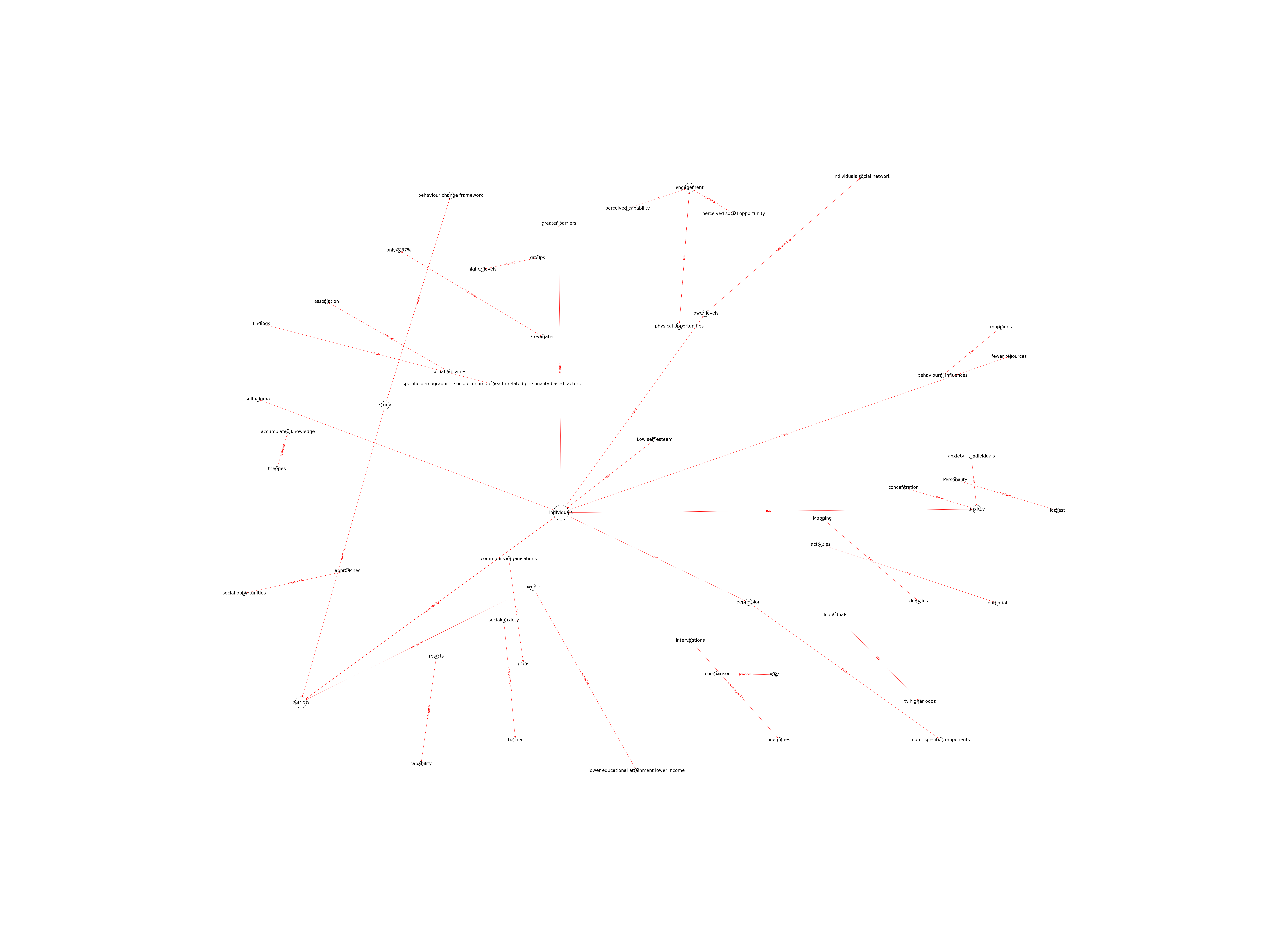| Id | 545 | |
| Author | Fancourt D., Baxter L., Lorencatto F. | |
| Title | Barriers and enablers to engagement in participatory arts activities amongst individuals with depression and anxiety: Quantitative analyses using a behaviour change framework | |
| Reference | Fancourt D., Baxter L., Lorencatto F.; Barriers and enablers to engagement in participatory arts activities amongst individuals with depression and anxiety: Quantitative analyses using a behaviour change framework ;BMC Public Health vol:20 issue: 1 page: |
|
| Keywords | Anxiety; Arts; Barriers; Behaviour; Behaviour change; Depression; Enablers |
|
| Link to article | https://www.scopus.com/inward/record.uri?eid=2-s2.0-85080934604&doi=10.1186%2fs12889-020-8337-1&partnerID=40&md5=dad04ae44b8d4ecdfefdc0a5052ff8dd |
|
| Abstract | Background: There is a large literature on the health benefits of engagement with the arts. However, there are also well-recognised challenges in ensuring equity of engagement with these activities. Specifically, it remains unclear whether individuals with poor mental health experience more barriers to participation. This study used a behaviour change framework to explore barriers to engagement in participatory arts activities amongst people with either depression or anxiety. Methods: Data were drawn from a large citizen science experiment focused on participation in creative activities. Participants who reported engaging infrequently in performing arts, visual arts, design and crafts, literature-related activities, and online, digital and electronic arts were included and categorised into no mental health problems (n = 1851), depression but not anxiety (n = 873) and anxiety but not depression (n = 808). Barriers and enablers to engagement were measured using an 18-item scale based on the COM-B Self-Evaluation Questionnaire, with subscales assessing psychological and physical capabilities, social and physical opportunities, and automatic and reflective motivations. Logistic regression analyses were used to identify whether individuals with either depression or anxiety reported greater barriers across any of the six domains than individuals without any mental health problems. Where differences were found, we calculated the percentage of protective association explained by various demographic, socio-economic, social, physical or geographical factors. Results: Individuals with depression and anxiety felt they would be more likely to engage in arts activities if they had greater psychological and physical capabilities, more social opportunities, and stronger automatic and reflective motivations to engage. However, they did not feel that more physical opportunities would affect their engagement. Covariates explained only 8-37% of the difference in response amongst those with and without anxiety and depression. Conclusions: Findings suggest that for individuals with poor mental health, there are certain barriers to participation that are not felt as strongly by those without any mental health problems. Mapping the behaviour change domains to potential interventions, activities that focus on increasing perceived capabilities, providing social opportunities, and reinforcing both automatic and reflective motivations to engage has the potential to help to redress the imbalance in arts participation amongst those with poor mental health. © 2020 The Author(s). |
|
| Metodology | Technique |

Note: Due to lack of computing power, results have been previously created and saved in database


